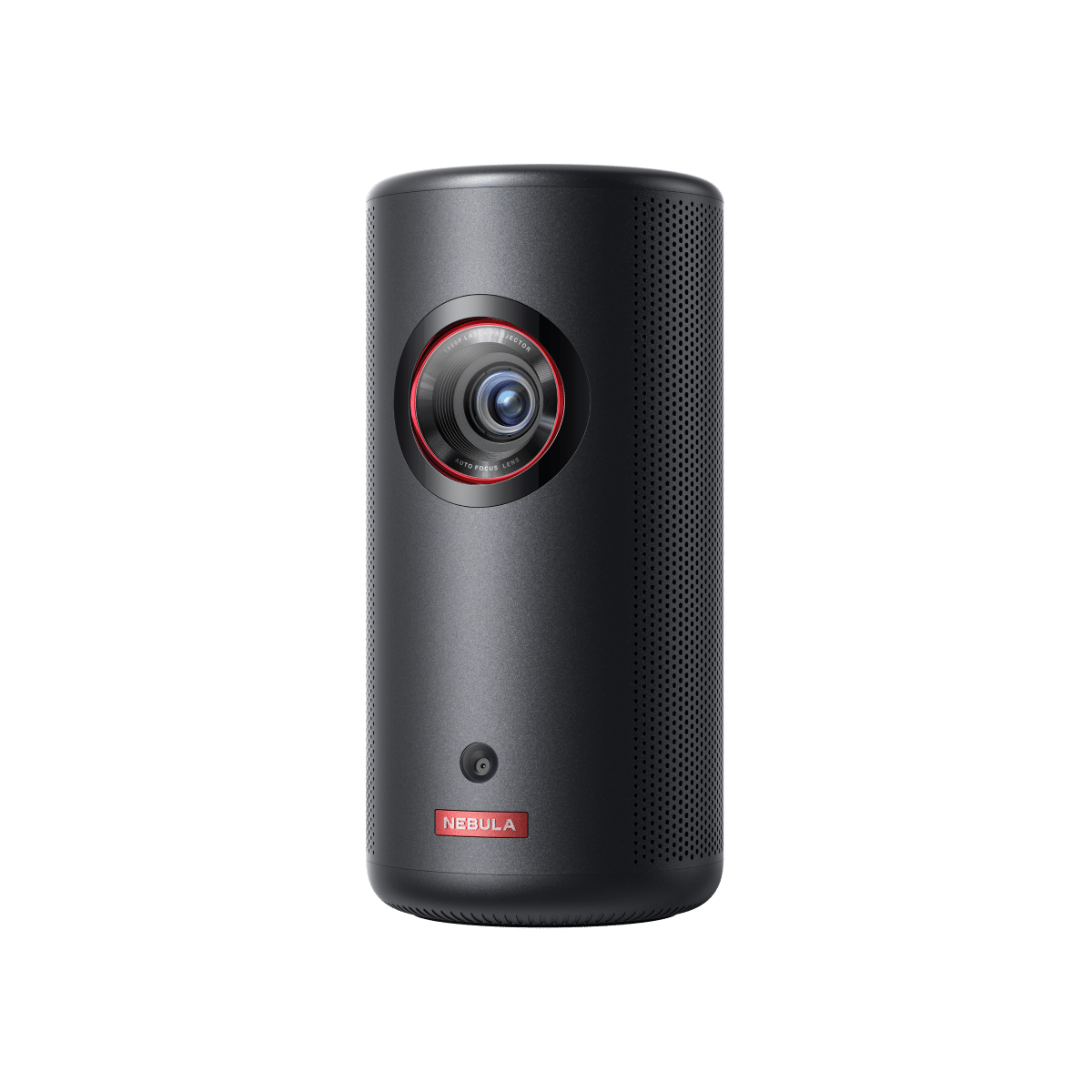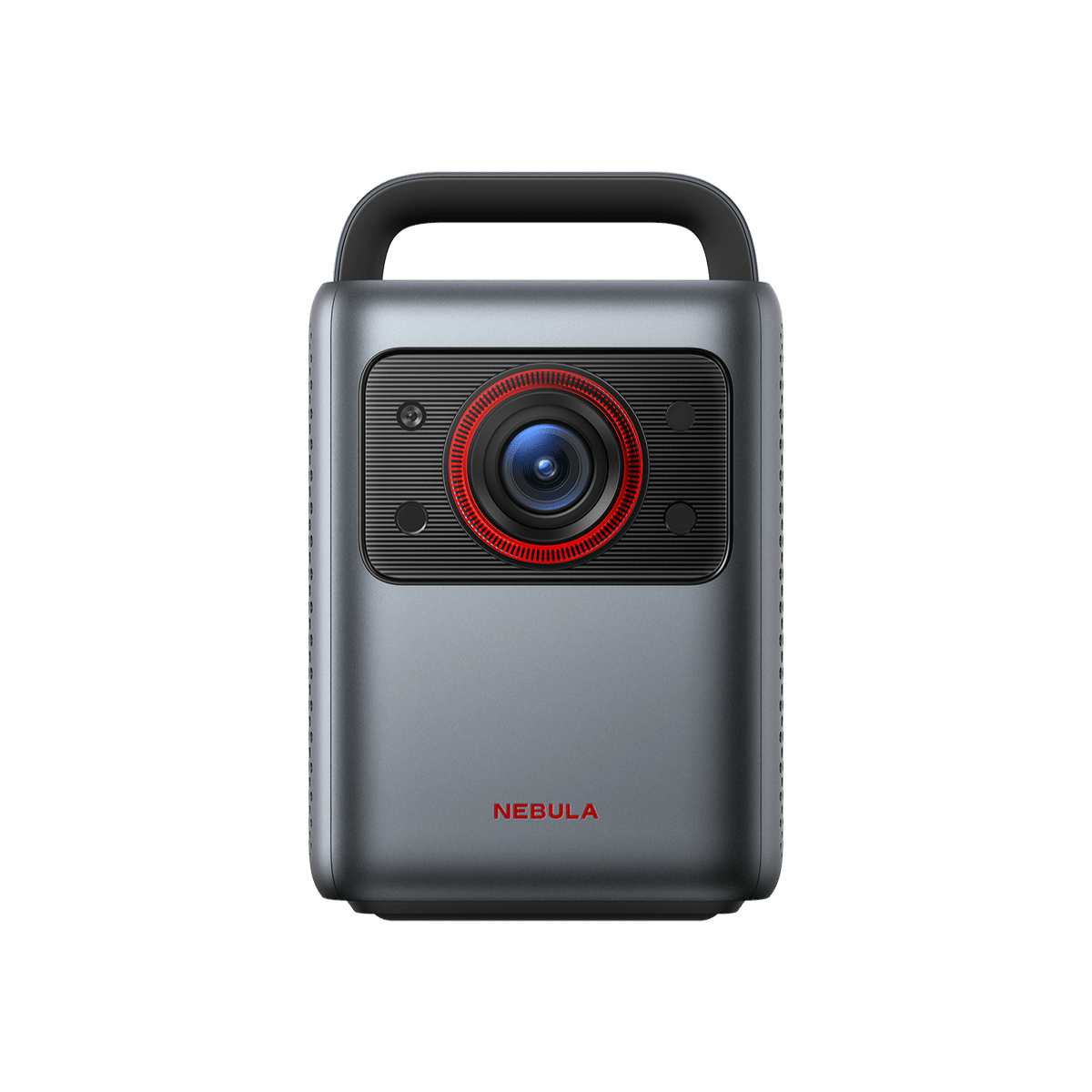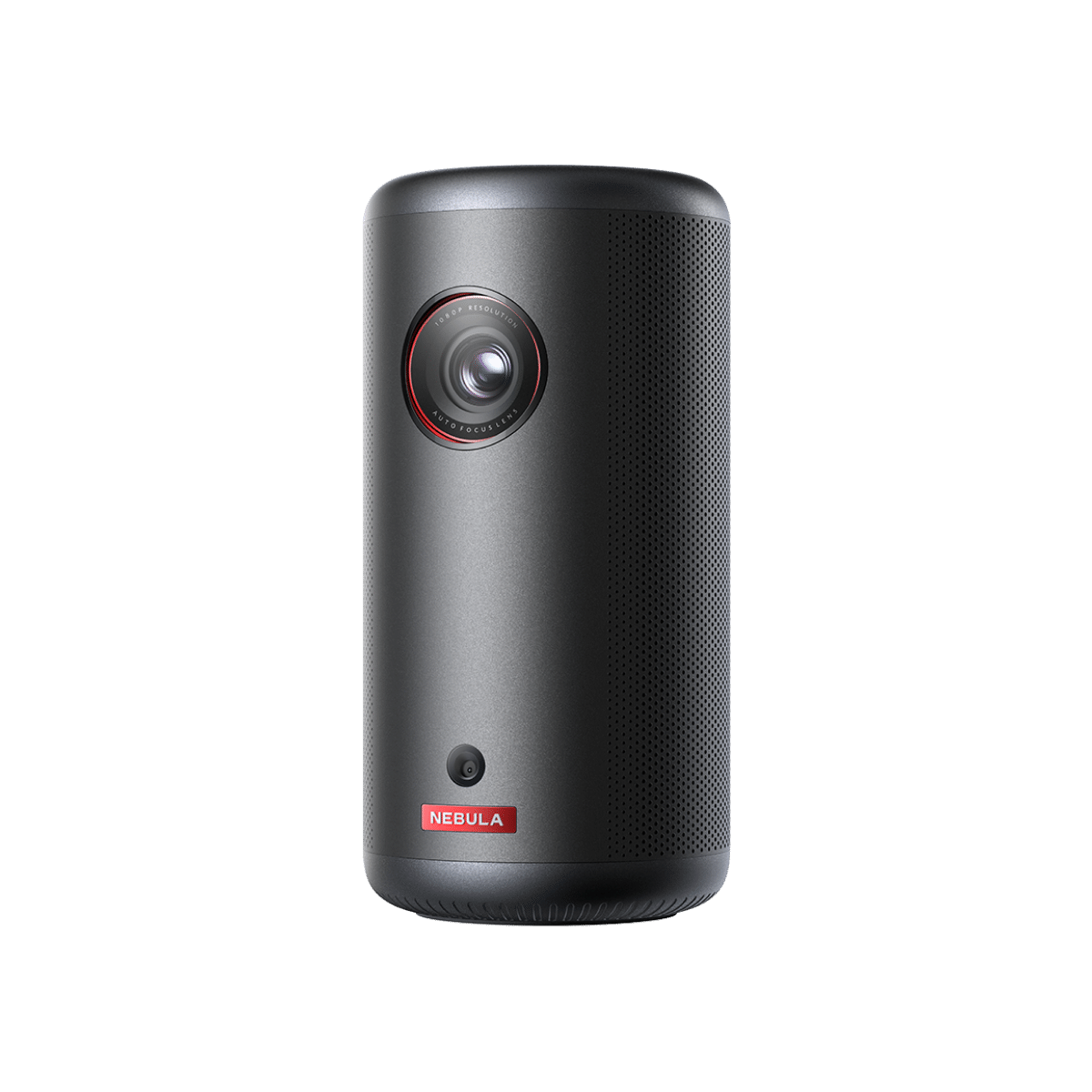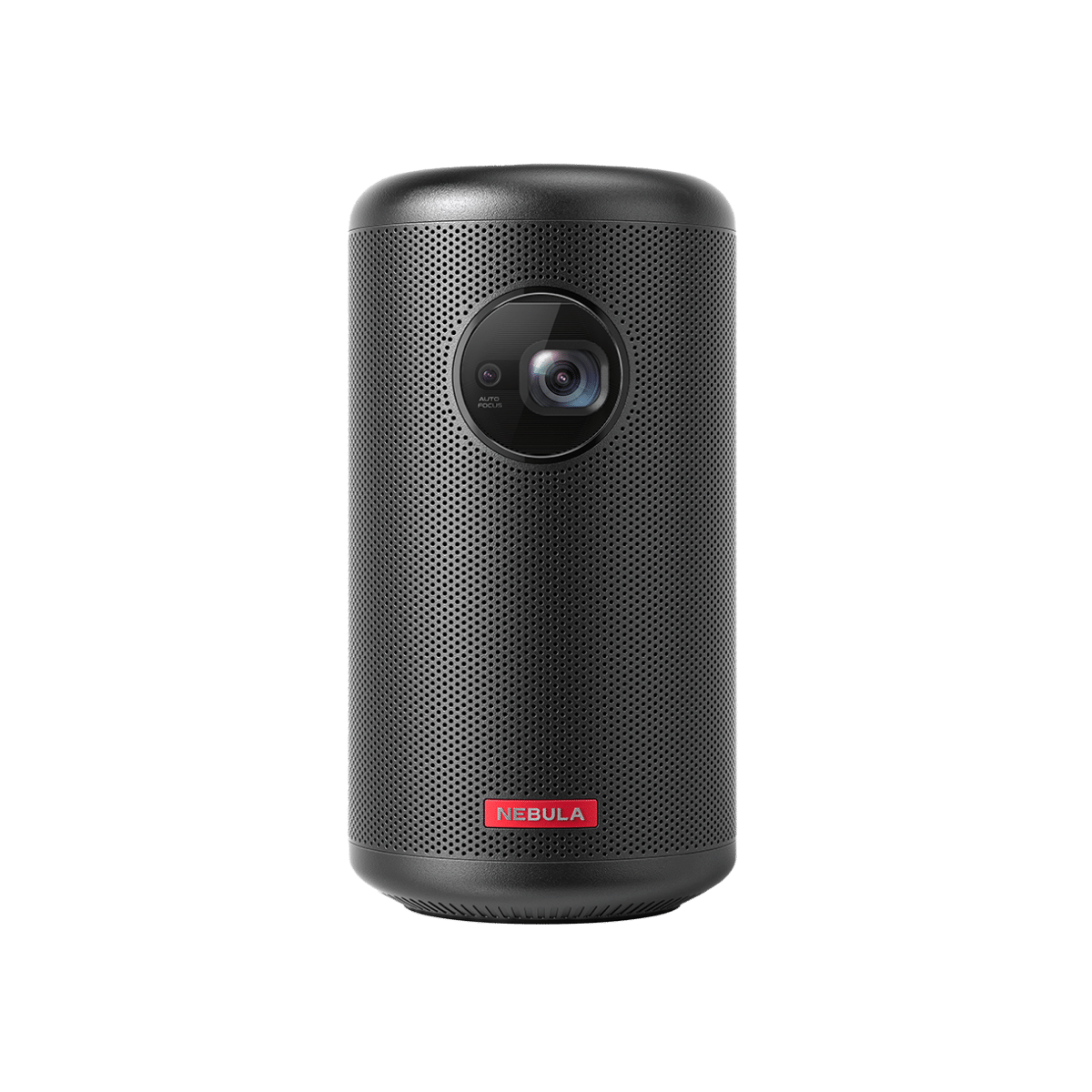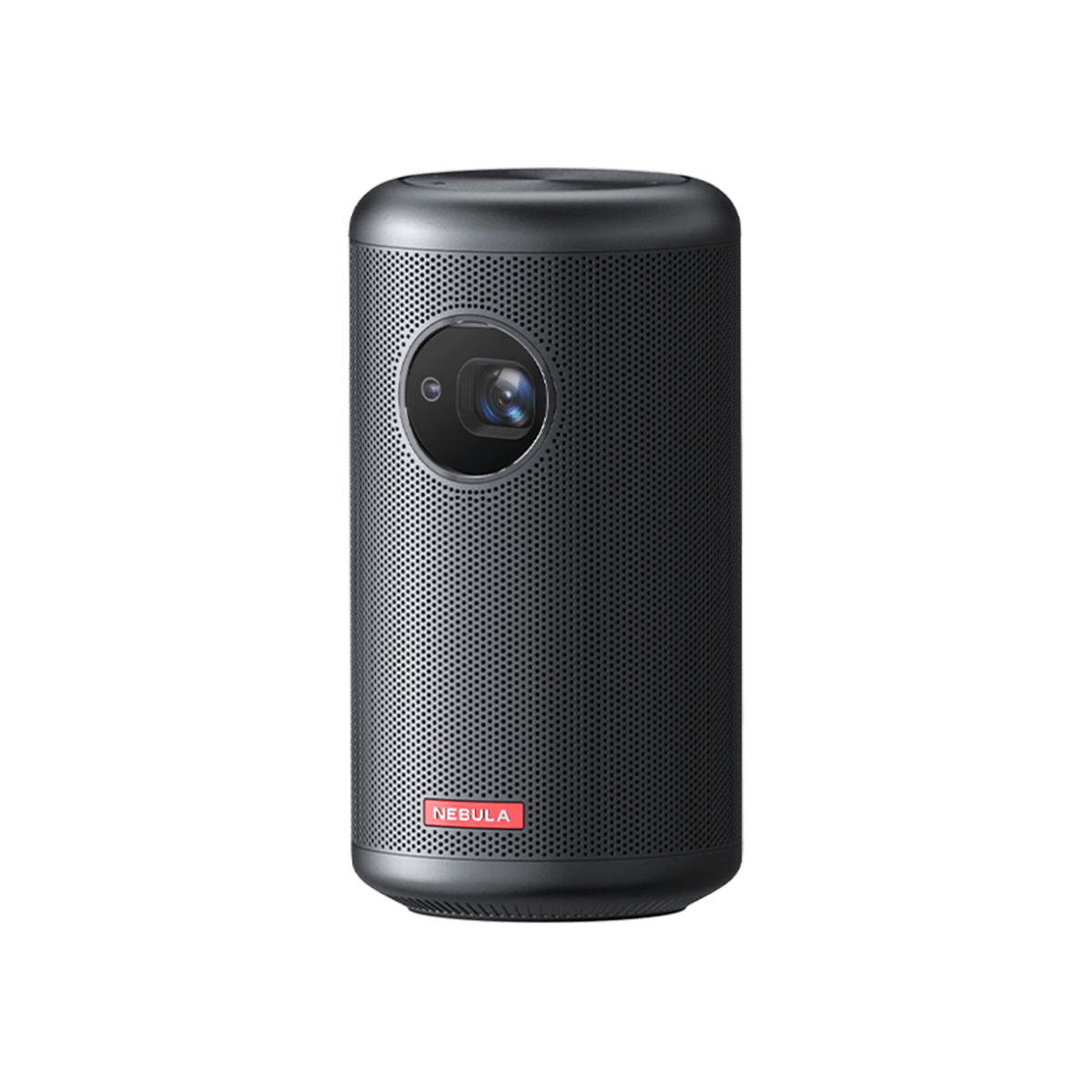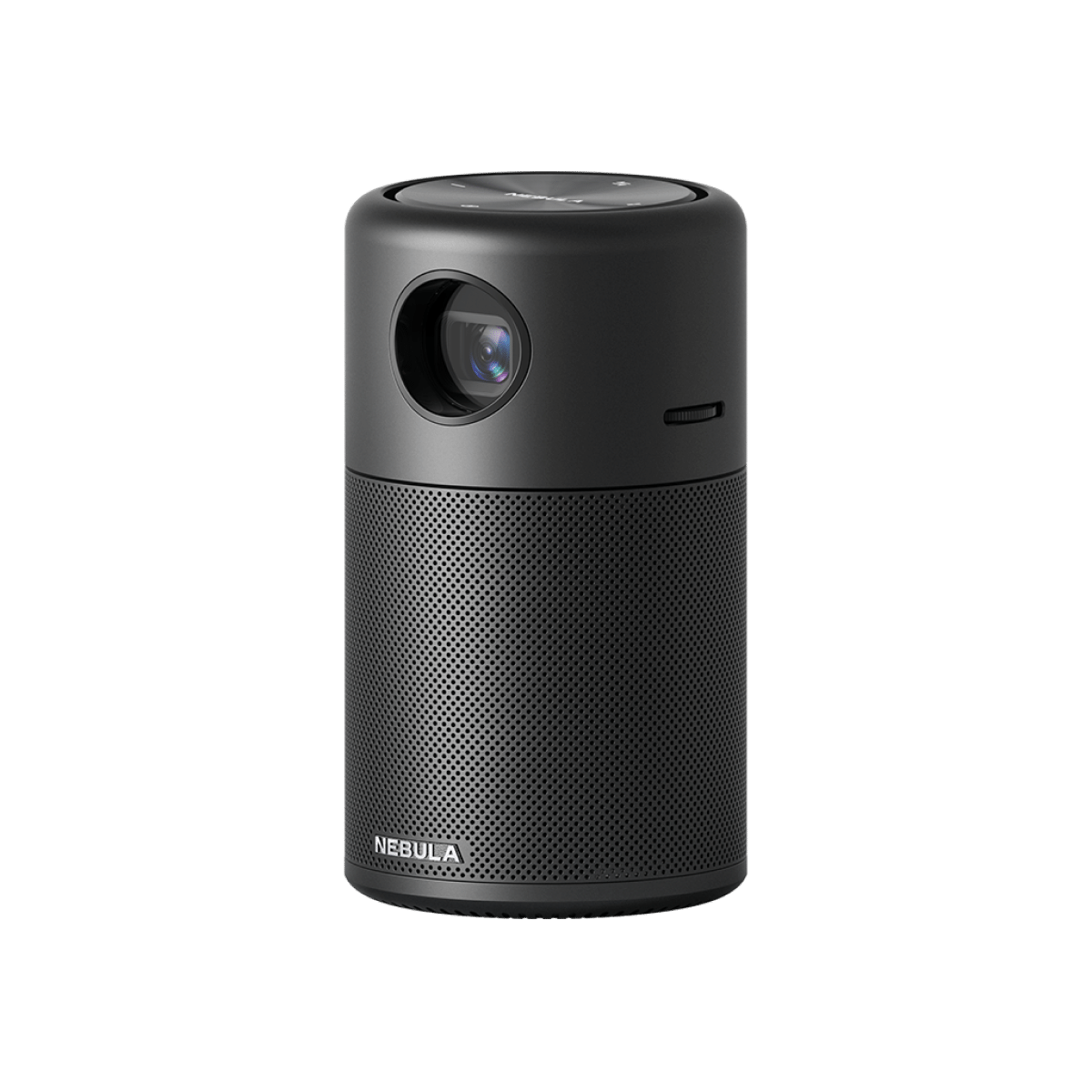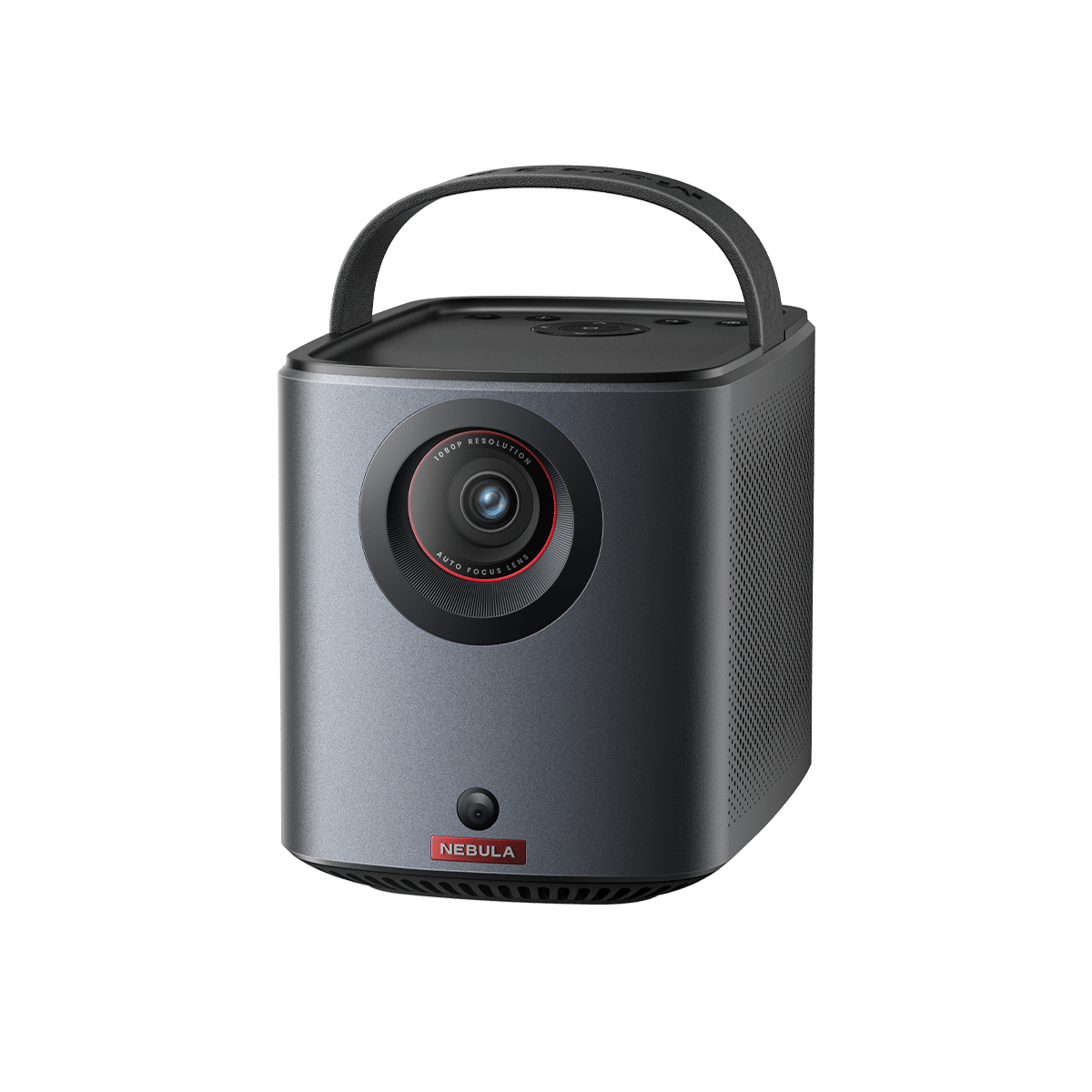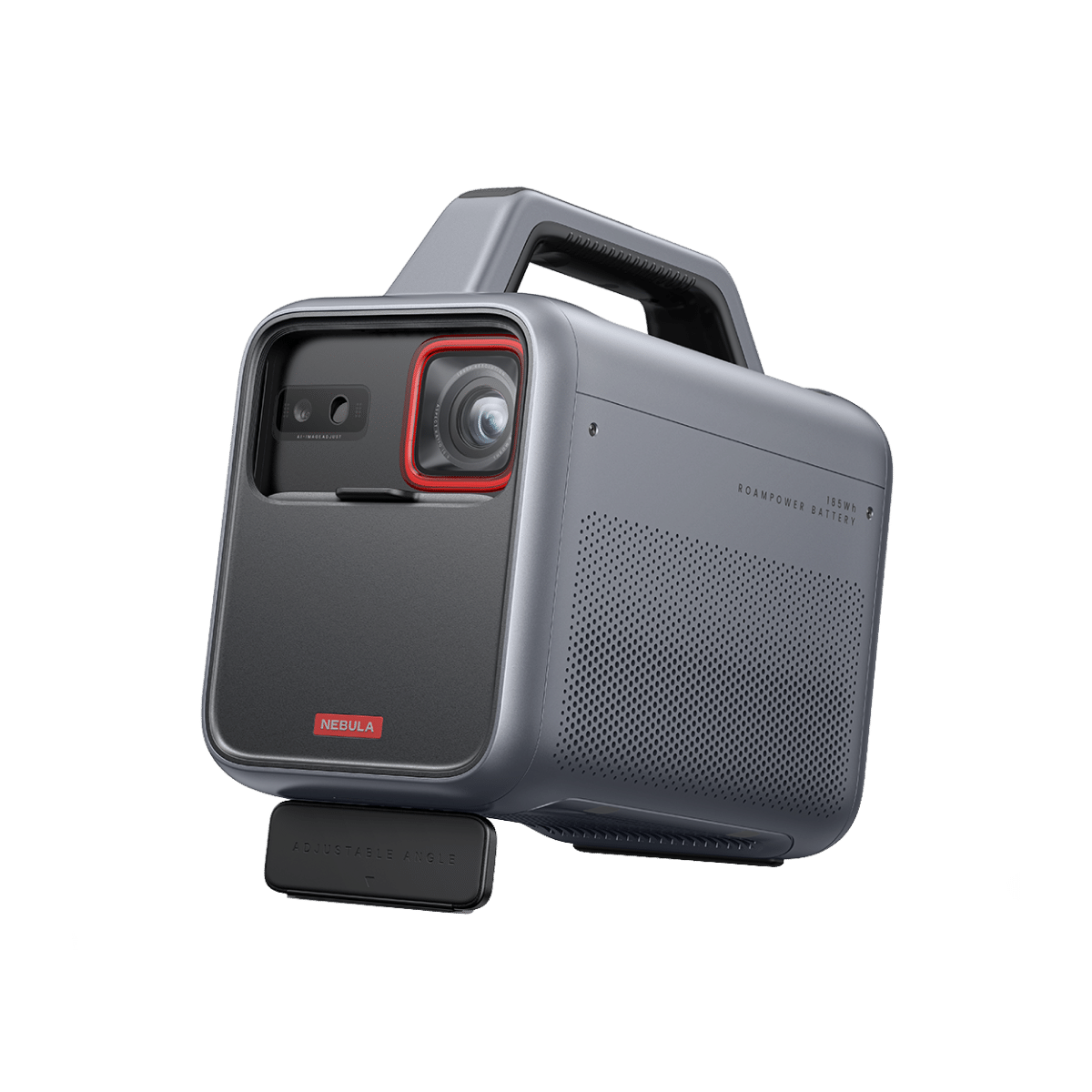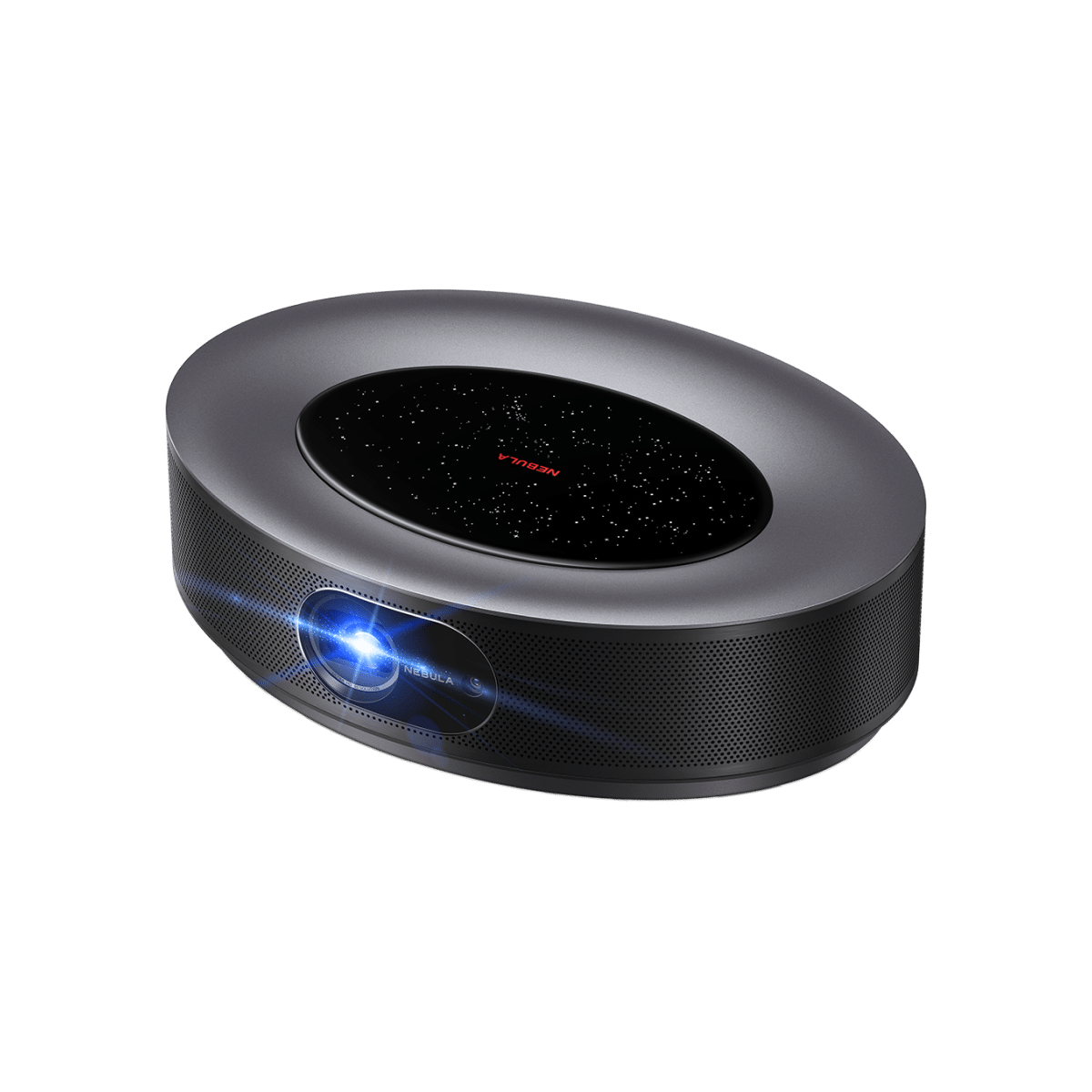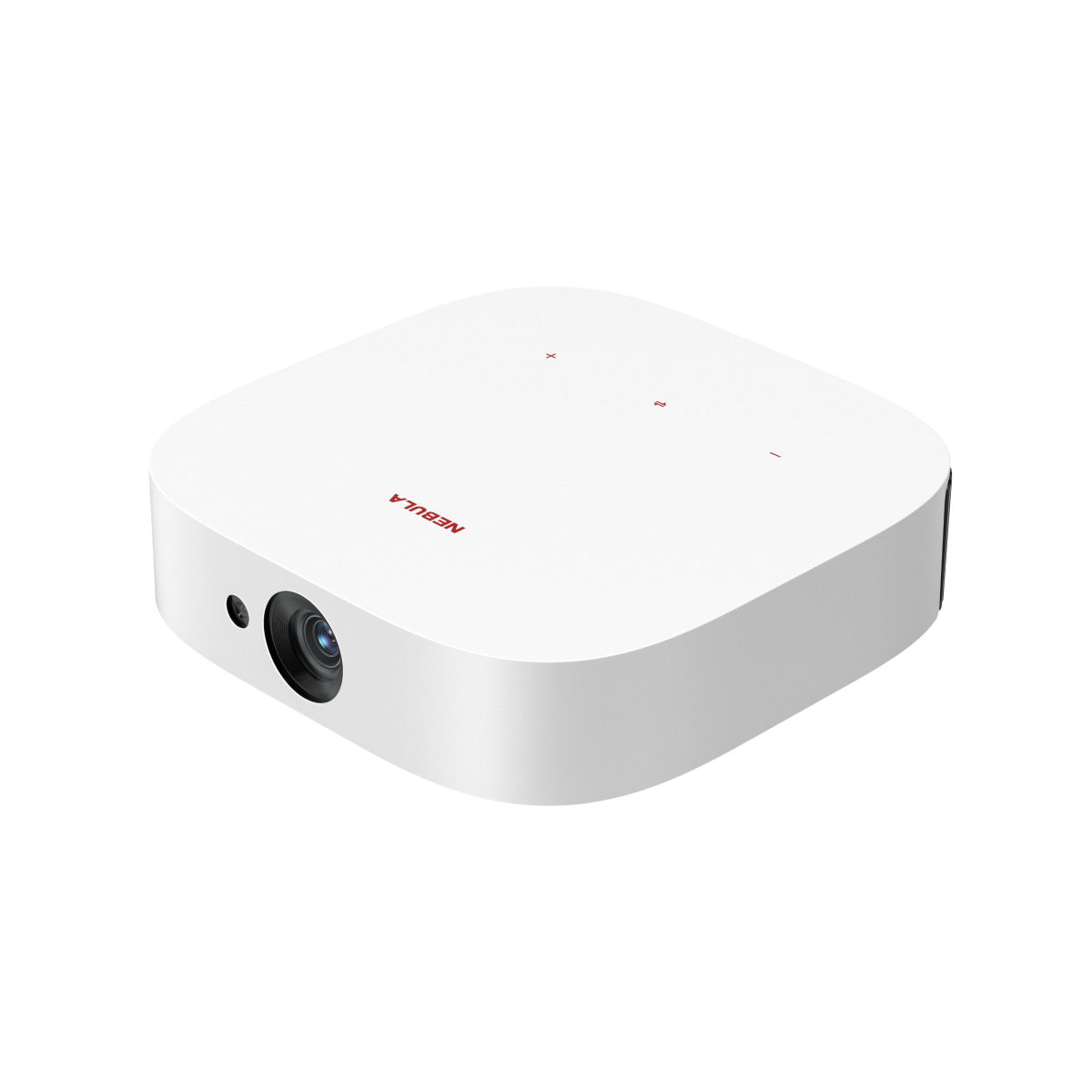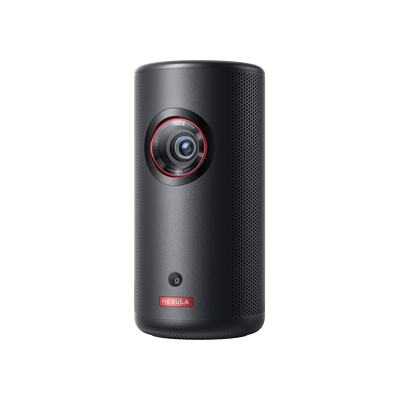When it comes to creating immersive cinematic experiences or dynamic presentations, projection technology plays a pivotal role. Two primary options, rear projection and front projection, offer distinct advantages, and applications. In this comprehensive guide, we will explore the definition of rear projection vs front projection as well as their key differences.
Whether you're setting up a home theater, planning a business presentation, or diving into the world of visual storytelling, understanding the nuances of front projection vs rear projection will enlighten you on the choice of rear projector vs front projector and help you achieve your desired outcome. Dive in now!

What Is Rear Projection?
Rear projection, also called reverse projection, is a projection technique that involves projecting images onto a semi-translucent screen or surface from behind, creating a display visible to the audience on the opposite side of the screen.
In this setup, the projector is placed behind the projection screen, facing towards the viewers. It throws its image onto the screen from behind, creating an image visible to the viewers on the other side of the screen.
Since the projected light must pass through the screen to reach the viewers’ eyes, rear projection relies on the use of a screen with specific optical properties. The rear projection screen is typically made of a material that scatters and diffuses light, such as frosted glass or specialized projection screens with rear projection capabilities.
As for application, one of its most common uses of rear projection is in large venues like theaters, conference rooms, and auditoriums, where the projector and screen setup can be concealed behind a stage or presentation area, offering a clean and unobstructed view for the audience. Rear projection is also popular in immersive displays, such as flight simulators and interactive exhibits, where the audience can engage with the content without casting shadows on the screen.
What Is Front Projection?
Front projection is a widely used projection technique where images or video content are projected onto a screen or surface from the same side as the audience, as opposed to rear projection. In front projection, the projector is positioned in front of the viewers, and the emitted light reflects off the screen to create an image that is visible to the audience.
Front projection is versatile and widely employed in various applications. It is the preferred choice for most home theater setups, allowing viewers to enjoy high-quality visuals with popular projectors like the portable Nebula Capsule, without the need for a dedicated projection room or complicated installation. Front projection is also used for business presentations, trade shows, and outdoor movie screenings, making it a popular choice for both professional and recreational use

What Are the Differences Between Rear Projection and Front Projection?
Rear projection and front projection are two distinct projection methods with notable differences in their setup, applications, and advantages. Here are some key differences between the two:
Projection Setup
Rear Projection: In rear projection, the projector is placed behind the screen or projection surface, facing towards the audience. The image is then projected onto a semi-translucent screen, and the audience views the image from the front of the screen.
Front Projection: Front projection involves placing the projector in front of the audience, with the projected light directed onto a reflective screen or surface that bounces the image back toward the viewers.
Screen Material
Rear Projection: Rear projection typically requires a special semi-translucent screen that scatters and diffuses light, allowing the image to be seen from the front while concealing the projector behind the screen.
Front Projection: Front projection screens are typically reflective, designed to reflect the projected image back to the audience.
Setup Flexibility
Rear Projection: Rear projection setups are ideal for situations where the presenter or users need to interact with the content on the screen without casting shadows on the image. It guarantees an unobstructed view for the audience.
Front Projection: Front projection requires careful consideration of the projector's placement to avoid shadows on the screen. It is commonly used in environments where viewers can maintain a clear line of sight to the screen.
Applications
Rear Projection: Rear projection is commonly used in theaters, auditoriums, immersive displays, control rooms, and situations where an unobstructed line of sight is crucial for the setting.
Front Projection: Front projection is versatile and is often used in home theaters, classrooms, business presentations, trade shows, and outdoor events, offering a practical solution for various scenarios.
Conclusion
In the world of projection technology, the choice between rear projection and front projection boils down to your specific needs and the environment in which you intend to use it. As we have seen, rear projection can help maintain a clear line of sight without casting shadows while front projection is versatile and easy to set up. By learning about the ABCs of rear projection vs front projection and assessing your projectors and practical projection needs, you’ll be well-prepared to make sensible purchase choices and secure the best possible visual experience.
FAQ
Is front or rear projection better for outdoors?
Front projection is generally a better choice for outdoor settings due to its higher brightness. As we have seen, rear projection requires that the emitted light passes through the projection screen, which can result in diminished brightness levels. This is rather unfavorable in outdoor environments where there is ample ambient light. Front projection, on the other hand, gets around this by simply bouncing images off the screen, making the image brighter.
Can any projector be used for rear projection?
Not all projectors are suitable for rear projection. Specifically designed rear projection projectors or screens are commonly used for this setup. Regular projectors may not provide optimal image quality or brightness when used in rear projection. So it's important to choose the right equipment for an effective rear-projection display.
